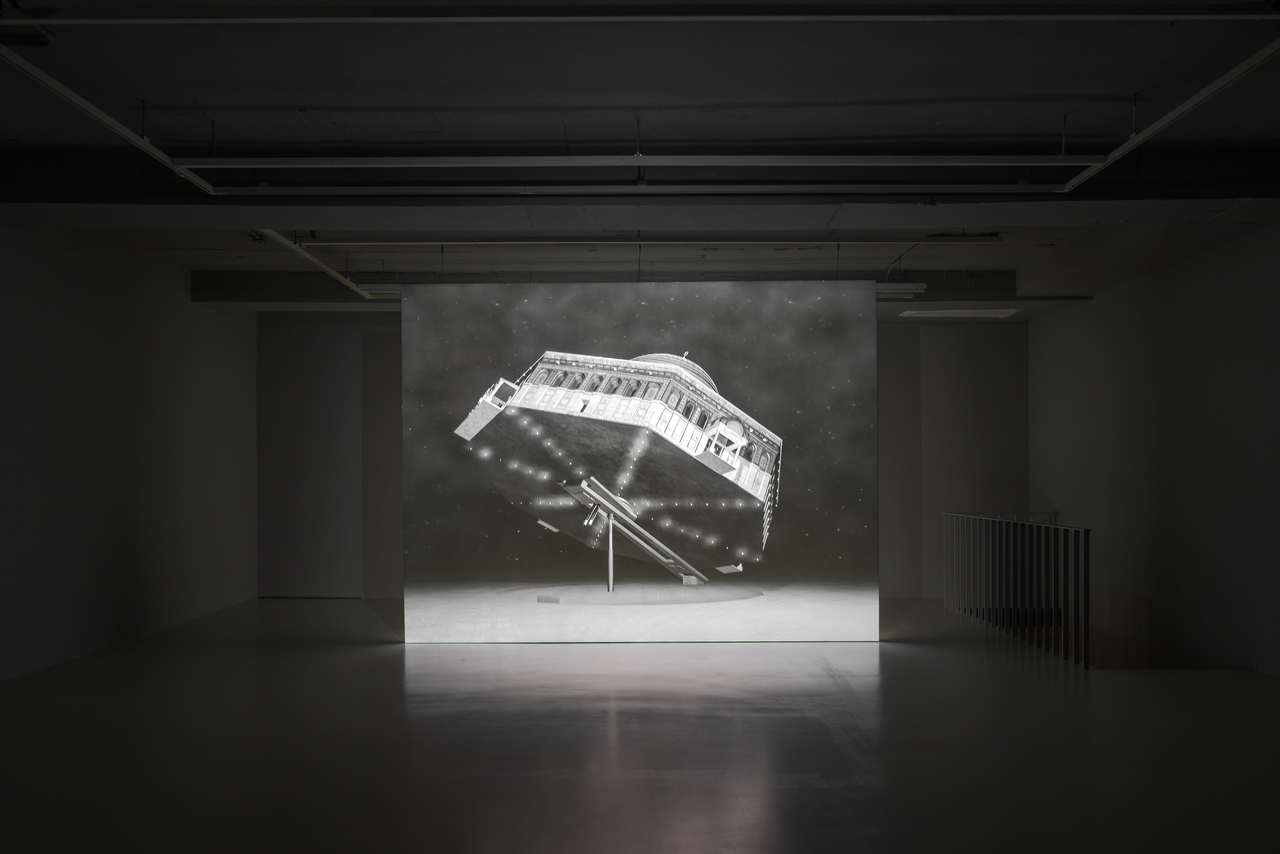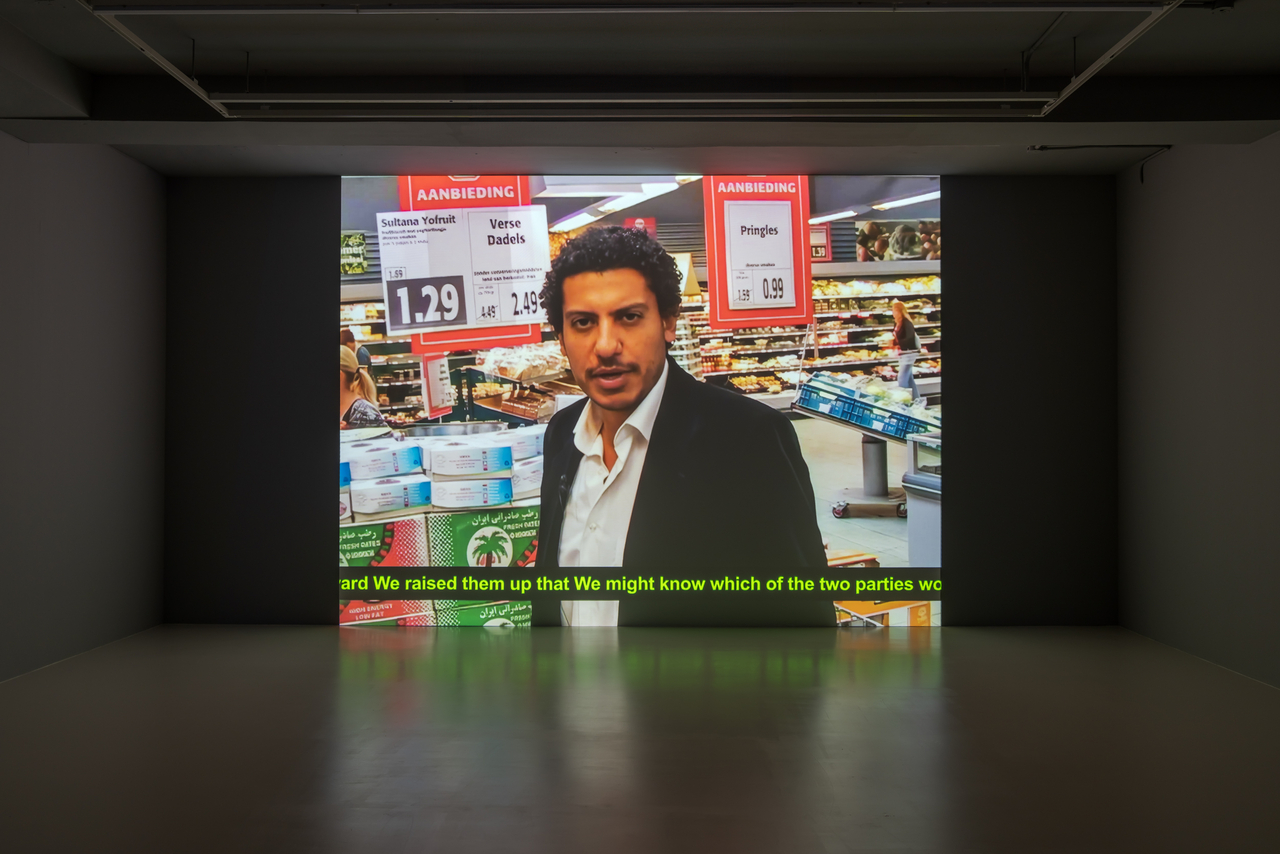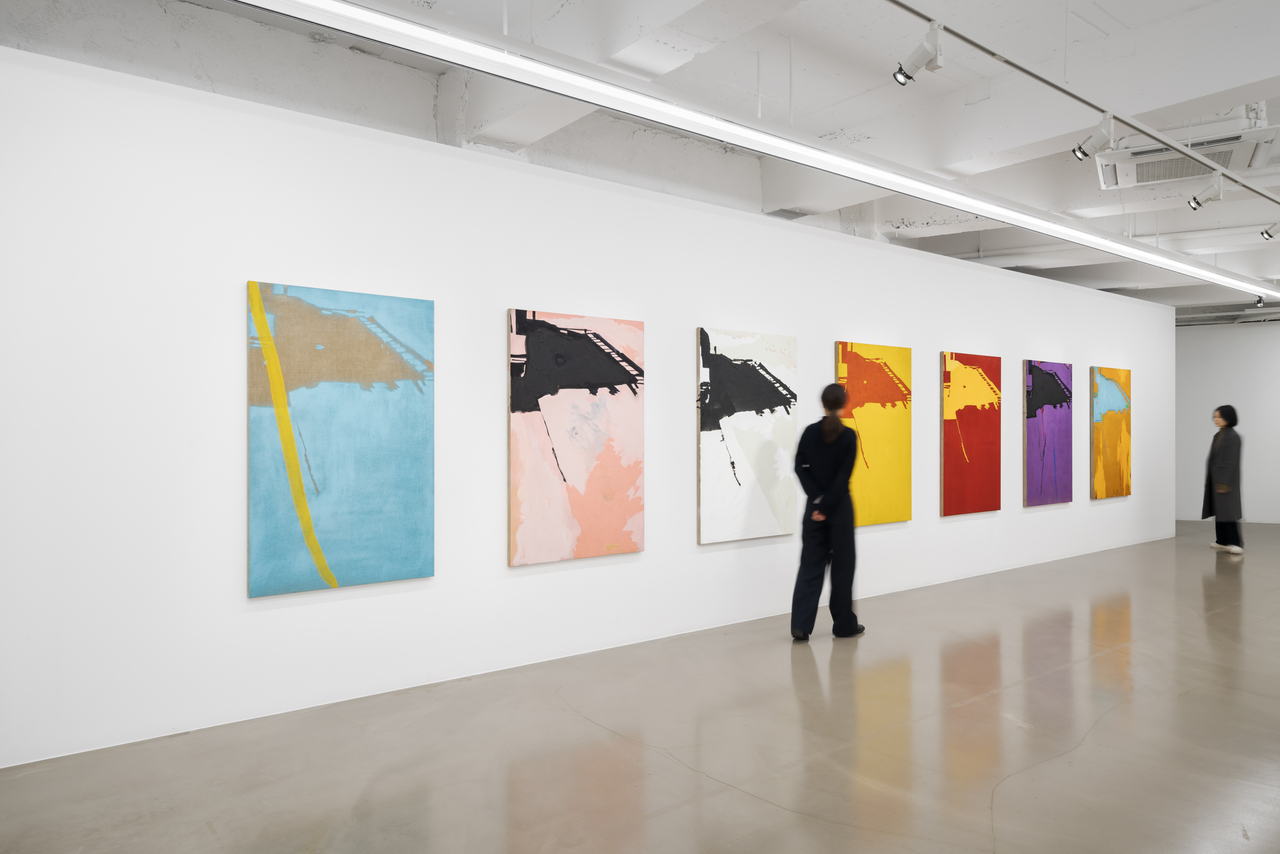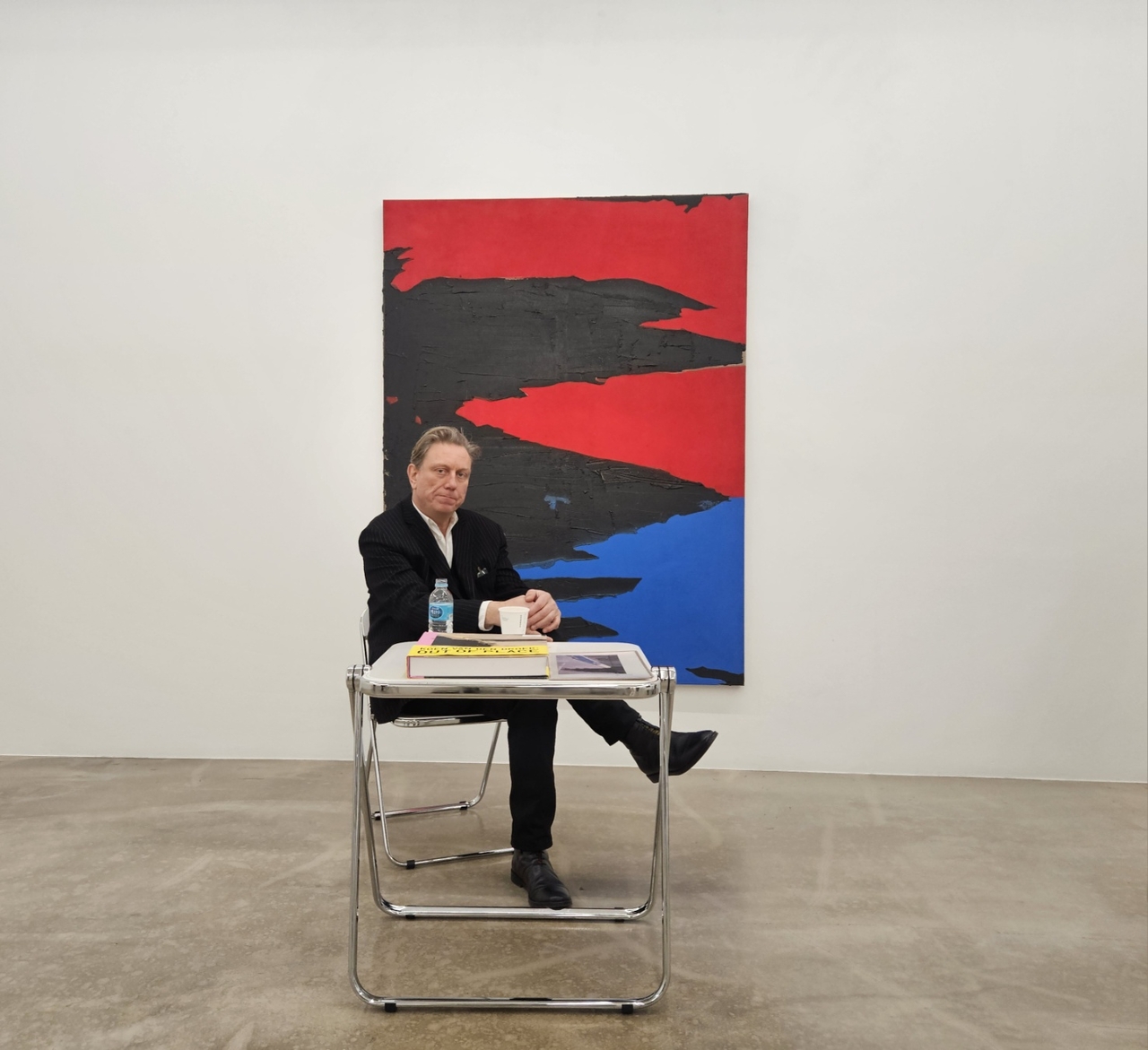Wael Shawky and Koen van den Broek's solo exhibitions in Seoul arouse curiosity in what we often miss in ordinary life

Artists reinterpret the world around them through their own visual language — whether it be everyday objects, historical events, people, or the environment. Through this process, audiences are invited to reflect on the subjects presented and the artists’ intentions behind their expressions.
Two newly opened exhibitions in Seoul, at Barakat Contemporary and Gallery Baton, present works by artists that the galleries have closely collaborated with since their inception.
Wael Shawky at Barakat Contemporary
Egyptian artist Wael Shawky is globally recognized for works based on his thorough historical research, mainly on regions in the Middle East, and blending fact and fiction across diverse media. He is currently showing some of his pivotal works from the early 2000s at Barakat Contemporary.
The artist emigrated with his family to Mecca, Saudi Arabia, at an early age, when an influx of foreign professionals moved to the country following the oil boom.
His digital work “Al Aqsa Park” (2006) is a computer animation that depicts the “Dome of the Rock” shrine adorned with marquee lights, rotating in an endless loop. The dome, established in the late 7th century, is still a highly contested site between Palestine and Israel as a sacred location in both Muslim and Judeo-Christian traditions.
“For us, the topic is endless. It does not finish,” the artist said at the press opening on Thursday. “It is also happening today, and although this work is, I believe, 19 years old, it has the same reference.”

The 14-minute video work “The Cave (Amsterdam)” from 2005, shows the artist walking down the aisles of a supermarket in Amsterdam, reciting from memory “Surah al-Khaf,” or “The Cave,” from the Qur’an. It is one of three iterations of “The Cave” series alongside versions filmed in Istanbul and Hamburg,
“The supermarket is more representing the capitalism world, because if you try to imagine that if we make the same film in different supermarkets around the world — almost most of these products are the same,” he said.
Shawky represented the Egyptian Pavilion at the 2024 Venice Biennale with the film work “Drama 1882.”

Koen van den Broek at Gallery Baton
Belgian artist Koen van den Broek at Gallery Baton unveiled the seven-part “S” series that shows shadows of buildings falling over nearby roads. The artist integrates his memories and perceptions of roads in his work, embracing the materiality of industrial paints and tar.
Van den Broek said he found it interesting that people take photos of shadows and send them to him, saying it reminds them of his works.
“People look at things differently (after seeing my works). They never noticed the streets, shadows or all the structures, but they suddenly appear to be different while they are traveling. It is a very funny thing,” he said on Friday at the press opening.
The artist majored in architecture before completing a master’s program in painting at Higher Institute for Fine Arts, Belgium. He finds the elements used in his art in cities and their surroundings, such as street signs, parking structures, grid-patterned sidewalks and piers.

“(My art) is totally influenced by architecture, and as a child I wanted to construct things like bridges playing with Legos. I never painted human beings. I always blend architectural structures into art,” he said. “Usually painters start in the middle (of a canvas) and they go to the side. I work more like an architect — it is always about the frame, so I go to the middle, instead of from the middle going to the outside.”
“Wael Shawky: Telematch and Other Stories” at Barakat Contemporary and “Freedom of Shadow” at Gallery Baton run through April 27 and March 29, respectively.
yunapark@heraldcorp.com




